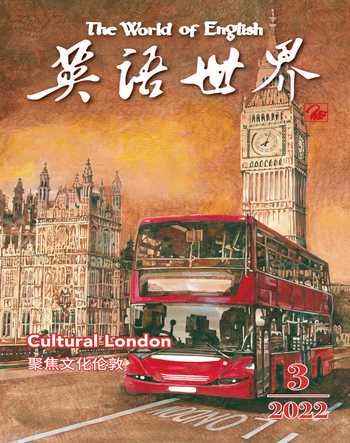The Annunciation《天使报喜》
爱艺
The Annunciation brings together many of the themes, both iconographic and philosophical, that engaged Magritte during his stay in Paris from 1927 to 1930, a period in which he was closely associated with the French Surrealists. The painting shows an unlikely combination of objects. Two large bilboquets1 stand next to an oddly shaped piece of paper with a decorative cut-out pattern. Behind them looms a grey metal “curtain”, hung with sleigh bells. Despite its incongruity, this collection of objects seems disconcertingly “at home” in the rock-strewn landscape beneath the grey clouds in the blue sky. The size of the painting (it is one of the largest the artist ever executed), together with its traditional composition and subtle allusions to paintings of Old Masters like Leonardo da Vinci, El Greco, and Caravaggio, are signs of the ambitiousness of the work.
Annunciation, the title given to the painting by the time of its first public showing in March 1931, seems unrelated to the subject matter of the painting. However, its religious connotations seem strangely appropriate to the work’s serious mood: there is no Mary, or Archangel2, yet the strange stillness of the imagery suggests that something momentous either has just happened or is about to, and that what we see is, in fact, some sort of vision (in his letter to Mesens, Magritte described the central grouping of objects as an “apparition”). Sylvester once wrote, “There are numerous instances of the sublime in Magritte’s art, but nothing else as numinous3 as this... ‘The Annunciation’ impresses through its majesty, its solemnity, its luminosity, its silence”.
《天使報喜》集肖像学和哲学的多种主题于一身,1927年至1930年马格利特在巴黎逗留期间,这些主题一直吸引着他。那段时间他与法国超现实主义文艺家关系密切。这幅画展示了一种现实中不太可能出现的物体组合。画面上竖着两个巨大的“棒接球”玩具状物体;旁边是一张奇形怪状的纸,纸上铺满装饰性的剪纸图案;它们后面隐约可见灰色的金属“幕布”,上面挂着雪橇铃。蓝天灰云飘浮,地面岩石遍布——尽管之前的那一组合很怪异,但它们在这样的环境中似乎“怡然自得”,令人困惑。此画的大尺寸(这是马格利特最大尺幅的画作之一),加上其传统的构图,以及对列奥纳多·达·芬奇、埃尔·格列柯和卡拉瓦乔等早期绘画大师作品的微妙暗示——这些都表明了这幅画有着不凡的寓意。
此画1931年3月首次公开展出时,所示画名即《天使报喜》——这一名字似乎与画作主题无关。然而,其宗教内涵似乎又与呈现的严肃氛围出奇吻合:没有圣母马利亚,没有报喜的大天使,画面那种异样的静谧暗示有什么大事不是刚刚发生就是即将发生,暗示我们所看到的其实只是某种幻象(在写给好友梅森的信中,马格利特将画面中央那一组物体描述为“幻影”)。艺术评论家西尔维斯特曾评论道:“马格利特在很多作品中描绘过高妙之物,但这一幅最为神圣……《天使报喜》传递出威严、庄重、光亮和静默,给人留下深刻印象。”
1 bilboquet比尔博凯特,意为“杯和球”。这是起源于11世纪的一种游戏,最初设计是杯子下面用绳拴一个球,把球甩起,用杯子接球,后来杯子演变成木棒。马格利特用该词形容自己所画的虚构物体,其实看起来更像木制栏杆或国际象棋的棋子。
2 archangel天使长;大天使。这里指大天使加百列,《圣经》人物,负责守护天堂,传信为其职能之一。 3 numinous神圣的;超自然的。
2684501186205

